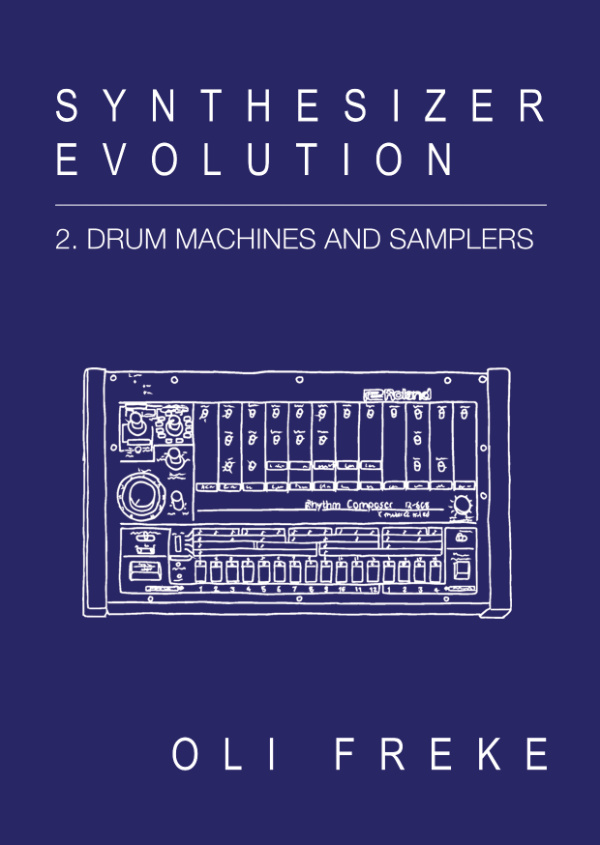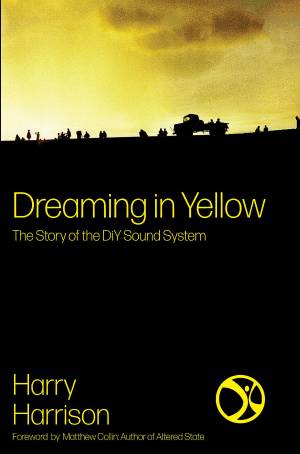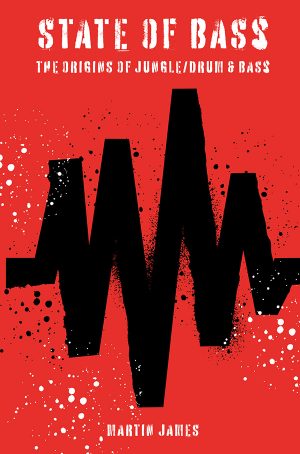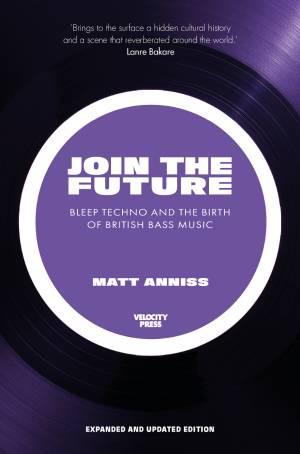Description
The earliest rhythm machines from the 1960s (and even earlier) used unwieldy sound generation techniques such as tape or other electro-mechanical means. However, the application of the transistor from the early 1970s swiftly saw an improvement in sound quality, usability and commercialisation of the drum machine.
These same transistors, minuaturised into microchips, also enabled the wider take-up of digital sampling in the 1970s – albeit initially at vast cost. As the 1980s wore on, silicon became cheaper and samplers became ubiquitous.
Drum machines took advantage by first incorporating sampled drum sounds, providing increased realism over their analogue predecessors. They then went full hybrid with the creation of the ‘music production workstation’ – a slick combination of drum machine, sampler and sequencer, much favoured by the hip-hop community.
Both music production workstation and ‘pure sampler’ brought a revolutionary new approach to music making – whether in newly realistic replications of acoustic instruments, the recycling of old music and records into new, exciting collage styles, or by simply facilitating new approaches to sound design.
All of this furious development, enabled by silicon chips and their reducing cost, caused the development of brand new styles of music from hip-hop to rave, and from newly lush film scores to the experimental avante-garde.








Reviews
There are no reviews yet.